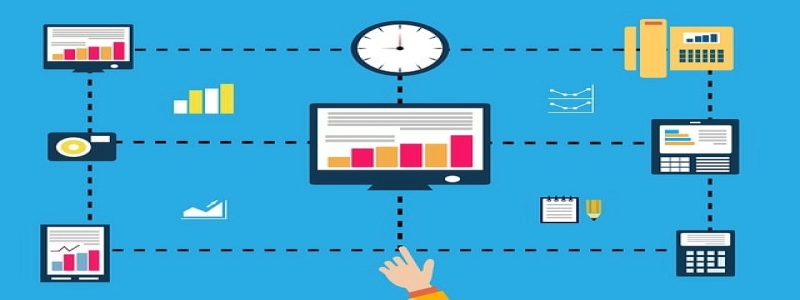Measure of Dispersion Definition
Introduction:
A measure of dispersion is a statistical term that refers to the degree of spread or variability in a data set. It quantifies how spread out the values are in relation to the central tendency. In other words, it provides information about the extent to which the data values differ from the mean, median, or mode.
Types of Measures of Dispersion:
There are several commonly used measures of dispersion, each capturing a different aspect of the spread of data. The most frequently used measures of dispersion are range, variance, and standard deviation.
1. Range:
The range is the simplest measure of dispersion and is calculated by subtracting the smallest value from the largest value in the data set. It provides an estimate of the total spread of the data, but it can be highly influenced by outliers.
2. Variance:
The variance is a more robust measure of dispersion that takes into account the distance between each data point and the mean. It is calculated by finding the average of the squared differences between each data point and the mean. By squaring the differences, the variance gives more weight to larger deviations from the mean.
3. Standard Deviation:
The standard deviation is the square root of the variance and provides a measure of dispersion that has the same unit as the original data. It is widely used and often preferred over the variance because it is easier to interpret. The standard deviation measures the average distance of each data point from the mean.
The Importance of Measuring Dispersion:
Measuring dispersion is crucial in data analysis as it adds depth and richness to the understanding of the data set. It allows us to assess the level of variability, assess the spread of data points, and identify potential outliers. Dispersion measures also play a significant role in hypothesis testing, forecasting, and decision-making.
Applications of Measures of Dispersion:
Measures of dispersion find applications in various fields, including finance, economics, biology, and social sciences. For example, in finance, the standard deviation of an investment’s returns is often used as a measure of risk. In biology, the range of a species’ habitat can indicate its adaptation capabilities. In the social sciences, the variance in income levels may reflect the level of inequality within a society.
Conclusion:
A measure of dispersion is a valuable statistical tool that provides insights into the variability of data. It complements measures of central tendency by offering a comprehensive picture of the spread of values. Understanding and calculating measures of dispersion are essential for making informed decisions and drawing meaningful conclusions from data sets.








